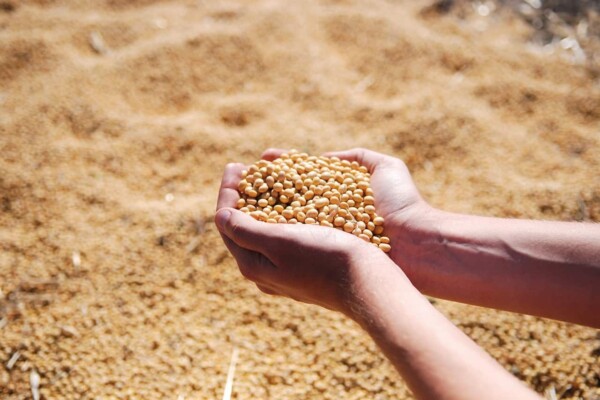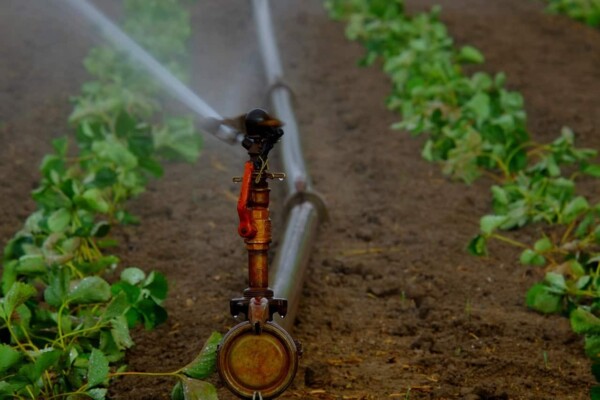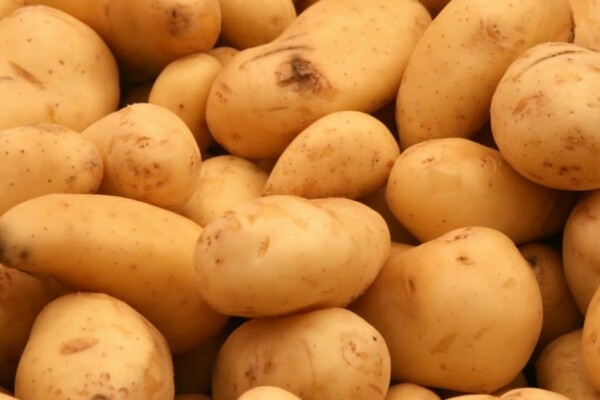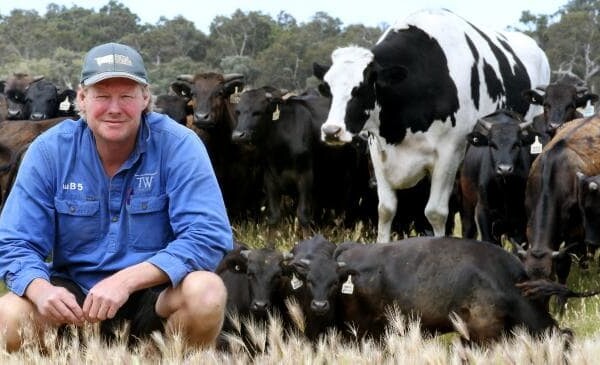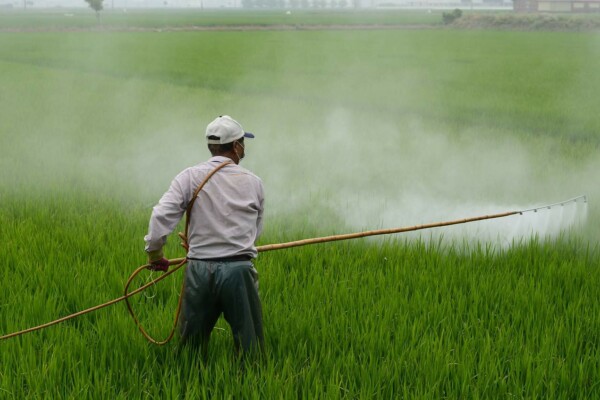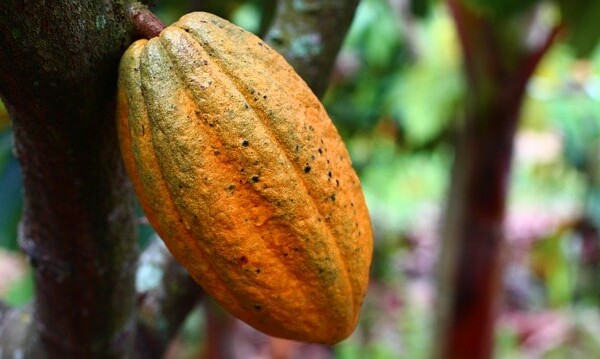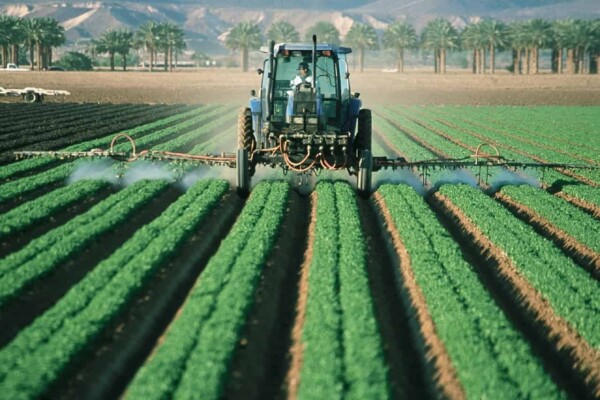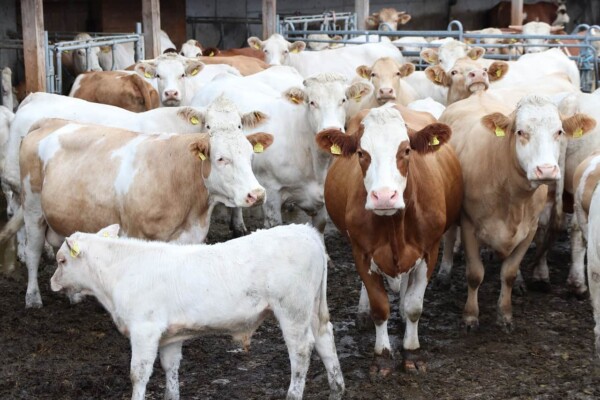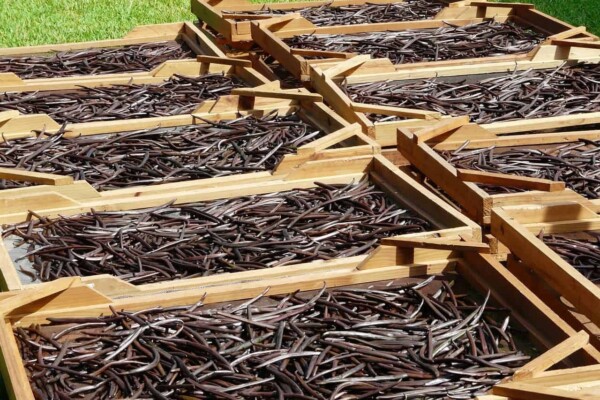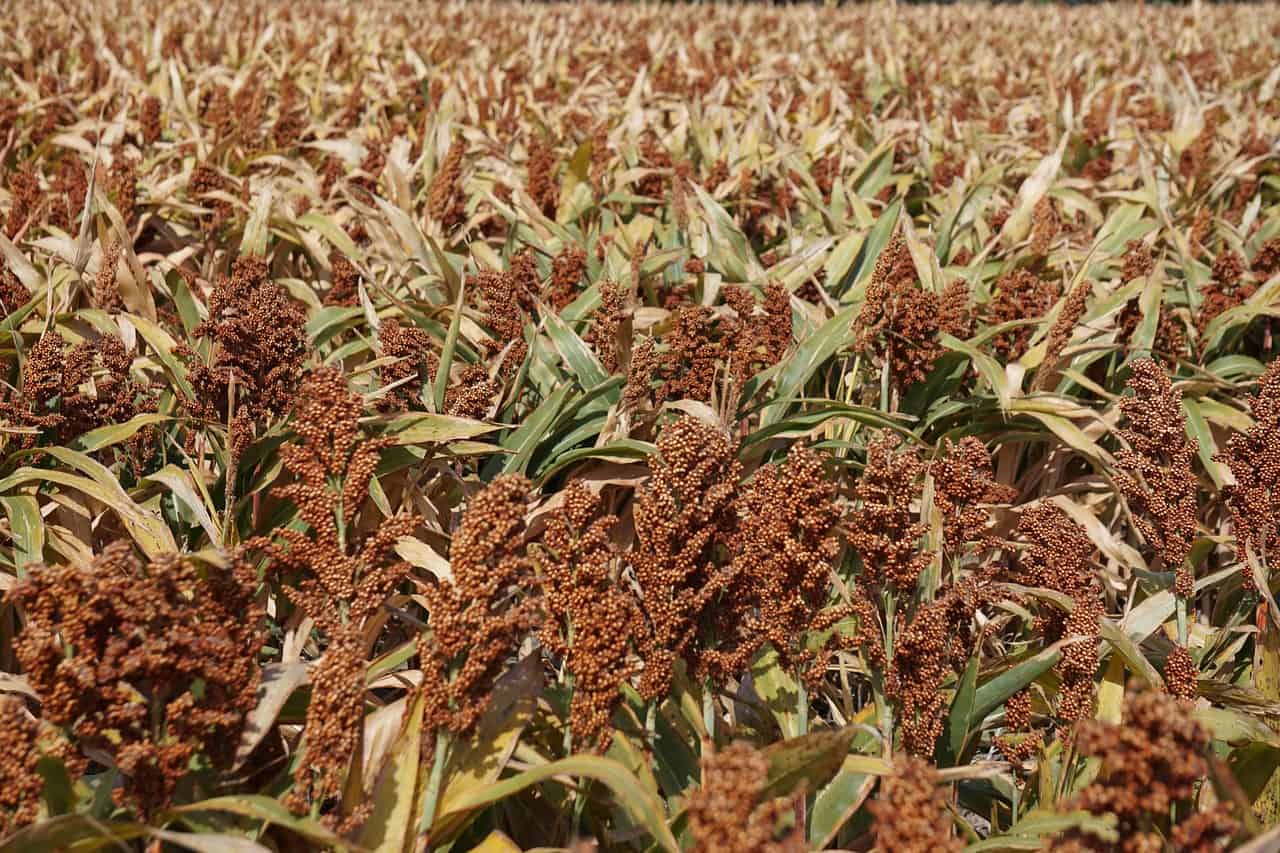
After the first European Sorghum Congress in 2016, which was held in Bucharest, Romania, the main priority of the participating experts and people actively working in the sorghum industry was to establish a European sorghum sector. Their goal is to have a strategic plan for the development and promotion of this grain in Europe.
The grain receives more attention in Europe because it responds very well to the challenges of sustainable agriculture. Being a drought – resistant crop, sorghum meets productivity expectations and environmental concerns, mainly when it comes to conserving water resources. An European program meant to promote sorghum has five target countries, at least for now: France, Spain, Italy, Bulgaria and Romania. Two other non – EU countries joined the program, Russia and Ukraine.
Demonstrative sorghum lots in Romania and Russia
Two of the participating countries, Romania and Russia will host starting with the summer of 2017, a series of demonstration plots in the counties Ialomita and Olt (Romania) and the regions Krasnodar, Rostov, Saratov and Volvograd (Russia).
These lots, whose purpose is to popularize this crop’s culture will be seeded with grain sorghum and feed sorghum from foreign and local genetic material, to illustrate the diversity of hybrids. Crops will be followed throughout several periods of vegetation. There will also be evaluations made, especially on issues such as the way the seeding density affects the average production.
Sorghum cultures on global level
Sorghum is one of the oldest cultivated cereals. Most likely it originally comes from the area of Ethiopia, but in ancient times it was known throughout the ancient world.
Today, it is grown in more than 90 countries on five continents, being the 5th most important crop. More than half of the world sorghum production is intended for food (grains and flour, used in composite and gluten-free bread and baked goods, and the sweet juice extracted from the strains is used in the manufacture of syrup, vinegar and other food products).
Then, about 40% of the production is used to obtain animal feed (green mass, hay, silage, fodder pellets). The percentage of the remaining addresses the manufacturing industry of expendable materials, as this grain has plenty of qualities. Sweet sorghum is used to obtain liquid fuels, solid and gaseous fuels, electricity and heat; it can be used to make paper, textile, plastic and construction materials, household brushes and brooms.
Biggest sorghum producers
The USA, Mexic, Nigeria, Sudan and India are the leading countries in producing sorghum, and no European country is represented in the top 10. Therefore, this new European program is meant to stimulate the production of this cereal on European level and to motivate European farmers to give this culture a chance.

